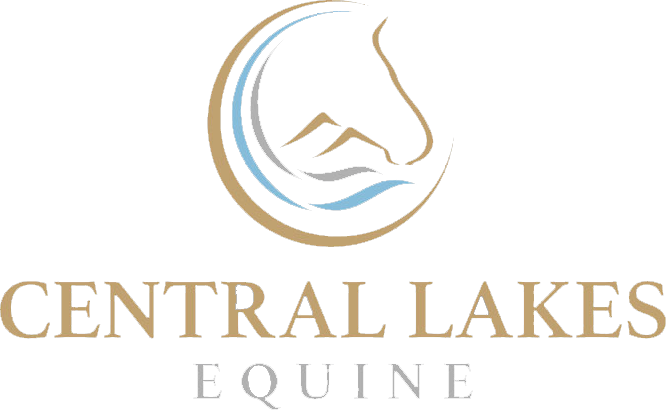Sleeping in a sling:
What is the Stay Apparatus?
This describes a group of ligaments, tendons and muscles strategically placed within the skeleton of the horse. There is a complex network of ligaments which act like tension bands and enhance stability. Please see the images attached.
The function of the Stay Apparatus:
Its main function is to ‘fix’ the horses’ legs in a straight position allowing minimal muscular effort when standing.
What is the job of the Stay Apparatus?
It minimises muscular fatigue and also allows horses to enter lighter stages of sleep without falling over.
Please note, horses still need to lie down daily for a deep sleep.
When is the Stay Apparatus activated?
Relaxation of muscles causes the engagement of the stay apparatus.
Some more details:
The stay apparatus can be separated into the lower limb and upper limb.
Lower limb: This is the suspensory apparatus and is identical in the fore and hind limb.
Upper Limb:
The forelimb and hindlimb are different. Please see the attached diagram.
Additional and unique features within the hind limb:
It has a locking stifle system and also a Reciprocal Apparatus.
1: The stifle of the horse locks when the patellar is hooked over the bony ridge on the inside of the femur. Active muscular contraction is required to lift the patellar up to release the lock.
2: The Reciprocal Apparatus is a modification of largely tendinous muscles, that act oppositely on either side of the tibia.
Common things that can go wrong with the special features of the hind limb?
1: Unwanted patellar locking. This can be due to many reasons but includes poor muscle tone in the quads, inflammation or pain within the stifle joint, or an underlying lameness.
2: Damage to the Reciprocal apparatus. This is commonly a traumatic injury.
A clinical case this week:
This week we saw a poor girl that had broken the tight band of the reciprocal apparatus. She ruptured her Peroneus Tertius.
This happens as a result of over-extension of the leg. She is able to flex the stifle when she moves but the hock remains in extension. We wish her all the best in her recovery which will include lots of rest and relaxation.
Get in touch if you have any questions. Let us know if you need help with yarding your horses during recovery from musculoskeletal skeletal disorders. We have specially designed small paddocks for this.





